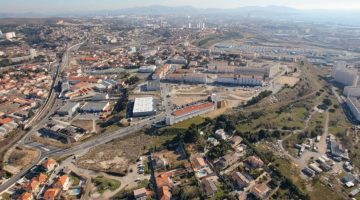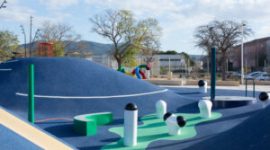Mulhouse, France
Main objectives of the project
Toa Architects, victorious in the Europan 3 competition, secured a contract to design a youth hostel funded by Mulhouse Habitat and the PUCA. The "experimental project" prioritized architectural flexibility, creating a transformative space that seamlessly transitions from private to communal areas, promoting resident autonomy and social interaction.
Date
- 2003: Construction
Stakeholders
- Architect: TOA architectes
Location
City: Mulhouse
Country/Region: France, Mulhouse
Description
After the Europan 3 competition, the winning team Toa architects get a contract for a young workers hostel, financed by Mulhouse Habitat and the PUCA (Urban Planning, Architecture and Construction) with 82 bedrooms, common areas and public facilities.
The “experimental project” label and the great involvement of the client allowed architectural dispensations and the possible interpretation by the team of the rules in order to create a mixed space where uses would have the ability to modify relationships between people.
The architecture operates like a filter, expressing the gradual movement from privacy to sociability, at both individual and group scale. Two buildings are positioned parallel to the street: the first, lower building, accommodates the communal spaces that are open to the districts, together with the spaces representing the institution; the second, three-storey building, is set back, and contains the living areas and communal spaces associated with the residential function. A basement level garden organises the relation between the two buildings and offers an intimacy space, protector, more private.
The centre is designed to give the resident’s choice, the meeting or avoidance, balance between independence and communal living: choice in the residential access routes to the living spaces, choice to live at home or to enjoy sociability spaces, choice in the housing interior of several configurations through the interplay of dual-position swing doors.
The housing units also reflect the variety of demand, ranging in type from maximum autonomy to maximum communality. All aimed at favouring random meetings, internal evolution, the passage from solitude, to life as two, as, couple, a family with children: “maisonnette”, single rooms, paired rooms, adaptable rooms for couples or single-parent families, shared apartments for four residents.



